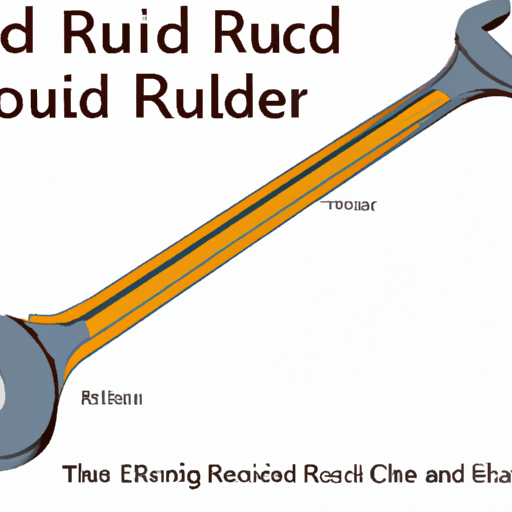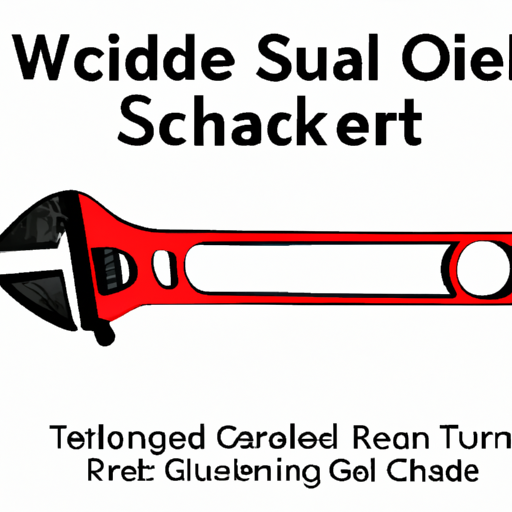The Ultimate Guide to Sucker Rod Wrench: A Must-Have Tool for Efficient Oilfield Operations

Introduction (100 words)
In the oil and gas industry, efficiency and safety are paramount. One essential tool that plays a crucial role in oilfield operations is the sucker rod wrench. This article will explore the significance of a sucker rod wrench, its various types, applications, benefits, and maintenance practices. Whether you are a seasoned professional or a newcomer to the oil and gas sector, understanding the importance of this indispensable tool will enhance your knowledge and contribute to optimal operations.
1. Understanding Sucker Rod Wrench (200 words)
A sucker rod wrench is a specialized tool used in the oil and gas industry to install, remove, and adjust sucker rods in a wellbore. Sucker rods are an integral part of the production process, as they transmit the pumping motion from the surface to the downhole pump. As such, it becomes crucial to have a reliable and efficient tool to handle these rods effectively.
2. Types of Sucker Rod Wrenches (200 words)
There are various types of sucker rod wrenches available in the market, each designed to cater to specific requirements. The most common types include:
a) Box-End Wrenches: These wrenches have a closed-end fitting, which provides a secure grip on the rod. They are typically used to tighten or loosen the nut on the rod.
b) Crescent Wrenches: These adjustable wrenches have a movable jaw, allowing them to fit different sizes of sucker rods. They are versatile and commonly used for general maintenance purposes.
c) Chain Wrenches: These wrenches employ a chain wrapped around the rod, providing a strong grip. They are ideal for handling rods with damaged or corroded surfaces.
d) Combination Wrenches: These wrenches have both an open-end and a closed-end fitting, offering flexibility for various applications.
3. Applications of Sucker Rod Wrenches (150 words)
Sucker rod wrenches find extensive applications in the oil and gas industry. Some key applications include:
a) Installation and Removal: Sucker rod wrenches are used to install and remove sucker rods during well servicing, workover operations, or routine maintenance.
b) Adjustments and Repairs: These wrenches facilitate adjustments and repairs of sucker rods, ensuring proper alignment and functioning of the pumping system.
c) Torque Control: Sucker rod wrenches are vital for applying the correct amount of torque during installation, preventing over-tightening or under-tightening of nuts.
d) Safety Compliance: Sucker rod wrenches play a crucial role in ensuring compliance with safety regulations by providing a secure and controlled grip on the rods.
4. Benefits of Using Sucker Rod Wrenches (200 words)
Using sucker rod wrenches offers several benefits, contributing to efficient and safe oilfield operations:
a) Enhanced Efficiency: Sucker rod wrenches enable quick and easy installation, removal, or adjustment of sucker rods, reducing downtime and increasing productivity.
b) Improved Safety: These wrenches provide a secure grip on the rods, minimizing the risk of accidents caused by slippage or improper handling.

c) Versatility: With different types of wrenches available, they can handle various rod sizes, making them adaptable to different wellbore conditions.
d) Longevity of Equipment: Proper use of sucker rod wrenches ensures that the rods are not subjected to excessive force or damage during installation or removal, extending their lifespan.
e) Cost Savings: By reducing downtime, improving efficiency, and minimizing equipment damage, the use of sucker rod wrenches ultimately leads to cost savings for oil and gas operators.
5. Maintenance Practices for Sucker Rod Wrenches (150 words)
To ensure the longevity and optimal performance of sucker rod wrenches, proper maintenance is essential. Some key maintenance practices include:
a) Regular Cleaning: Clean the wrenches after each use to remove dirt, debris, and residual oil, as these can affect their performance.
b) Lubrication: Apply a suitable lubricant to moving parts to reduce friction and enhance smooth operation.
c) Inspection: Regularly inspect the wrenches for signs of wear, damage, or corrosion. Replace any damaged parts promptly.
d) Proper Storage: Store the wrenches in a clean, dry place, away from direct sunlight or extreme temperatures.
Conclusion (100 words)
In conclusion, a sucker rod wrench is an indispensable tool in the oil and gas industry, ensuring efficient, safe, and cost-effective operations. With various types available, each designed to cater to specific requirements, oilfield operators can choose the most suitable wrench for their applications. By understanding the significance of sucker rod wrenches, their applications, and proper maintenance practices, professionals in the oil and gas sector can maximize productivity, minimize downtime, and prioritize safety while working with sucker rods in wellbore operations.




 8613371530291
8613371530291